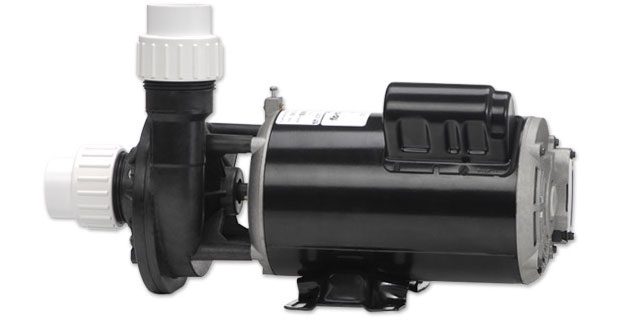
Hot tubs are an excellent addition to any home, offering a place to unwind and relax. However, to keep your hot tub functioning properly, it’s crucial to maintain all its components, especially the pump. The pump is the heart of your hot tub, responsible for circulating water and keeping it clean. Here are some key indicators that it’s time to replace your hot tub pump.
1. Strange Sounds
If your hot tub pump starts making unusual sounds like grinding, humming, or squealing, it could be a sign of internal damage. These noises often indicate problems with the motor or bearings, suggesting that the pump is wearing out and may soon fail.
2. Poor Water Circulation
A significant decrease in water flow or weak jets can signal that your pump is not performing as it should. This can be caused by worn-out impellers or blockages within the pump. If cleaning the filters doesn’t improve the situation, it might be time to replace the pump.
3. Frequent Tripping of Circuit Breaker
If the circuit breaker connected to your hot tub frequently trips, it could be due to a failing pump. Electrical issues within the pump can cause it to draw more power than usual, leading to breaker trips. This not only affects your hot tub’s performance but also poses a safety risk.
4. Visible Leaks
Any visible water leaks around the pump area are a clear sign that there’s a problem. Leaks can result from cracks in the pump housing, worn seals, or loose connections. Addressing leaks promptly is essential to prevent further damage and costly repairs.
5. Overheating Issues
A pump that frequently overheats is struggling to function correctly. Overheating can be due to blockages, motor problems, or insufficient cooling. Persistent overheating is a clear sign that your pump may need to be replaced.
6. Pump Age
Most hot tub pumps are designed to last between 5 to 10 years, depending on usage and maintenance. If your pump is within or beyond this age range, it’s wise to consider a replacement. Even if it seems to be working fine, older pumps are more prone to sudden failures.
7. Increased Energy Costs
A failing pump often works harder to circulate water, leading to higher energy consumption. If you notice a significant increase in your energy bills without a change in hot tub usage, your pump could be the cause. Replacing it with a more efficient model can help reduce your energy costs.
Conclusion
Keeping your hot tub in top condition involves regular maintenance and timely replacements of essential components like the pump. Recognizing the signs of a failing pump and acting swiftly can prevent more significant issues and ensure your hot tub remains a source of relaxation and enjoyment. Investing in a new pump when needed is a smart move that enhances your hot tub experience and extends the life of your spa.